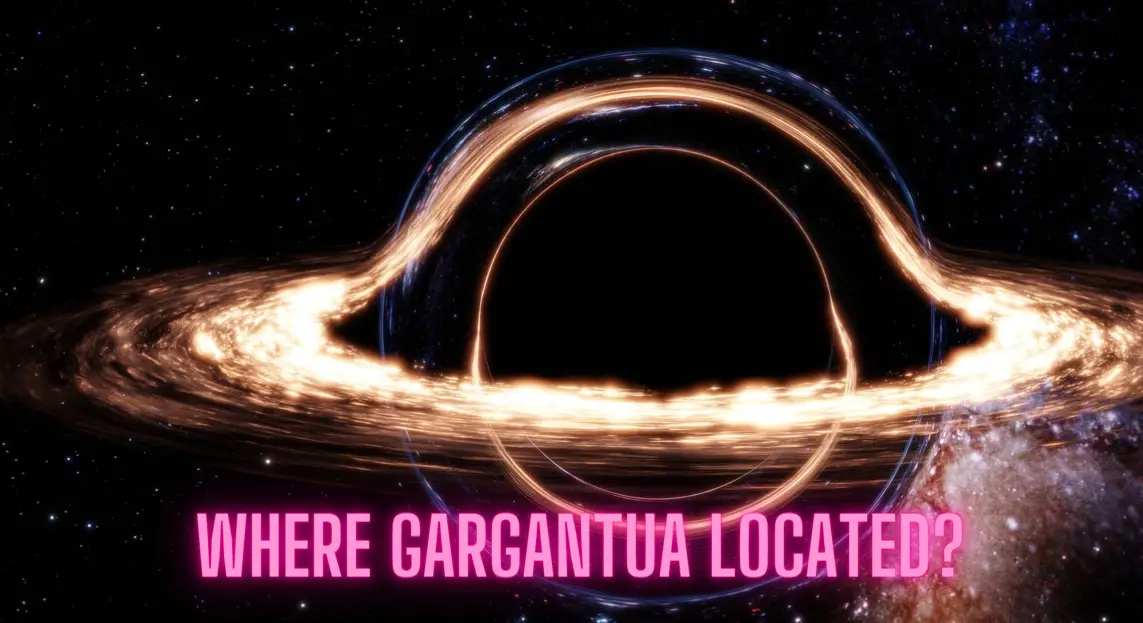Introduction
The universe was always a huge expanse of awe, speckled with an infinite number of galaxies that capture our imagination and hold it captive. In the midst of these amazing sights in the cosmos, the galaxy known as Gargantua stands out as one that is cloaked in mystery. Since it was first uncovered, the mysterious characteristics of this celestial object have piqued the interest of scientists and people who are passionate about space. In this piece, we set out on an intergalactic adventure to discover the whereabouts of Gargantua and shed light on the enthralling mysteries that surround it.
Gargantua: A Celestial Enigma
Gargantua originally came to the attention of the scientific community after being portrayed in the well-known science fiction film “Interstellar.” The character Gargantua was portrayed as a gigantic black hole in the film that was situated in a distant galaxy and served as an essential component of the plot. To grasp the true nature of Gargantua and to pinpoint its precise position, it is necessary, however, to differentiate between the fiction and the reality around it.
Trying to Locate Gargantua’s Stellar Habitat
Finding Gargantua among the boundless expanse of the universe has proven to be a difficult endeavor. It is difficult to directly observe and identify the galaxy that serves as Gargantua’s host due to the constraints of the astronomical technology that is now available. Nevertheless, researchers have made tremendous headway thanks to the application of astrophysical calculations and theoretical modeling in their efforts to narrow down the likely locations of this mysterious phenomenon.
Gravitational Lensing Clues
Gravitational lensing is one of the most important methods that is used to deduce the existence of Gargantua’s host galaxy as well as its general location. The phenomenon known as gravitational lensing happens when the intense gravitational pull of an extremely massive object, like a black hole, warps and skews the light coming from objects that are located behind it. Astronomers have been able to improve their understanding of the surrounding region of Gargantua’s host galaxy by analyzing the gravitational lensing effects that are induced by the object known as Gargantua.
Observations Conducted Across Multiple Wavelengths
The use of observations spanning several wavelengths is yet another important method that can be utilized in the search for Gargantua’s galaxy. Scientists are able to identify distinctive signs and characteristics of a galaxy by analyzing its emissions throughout a wide range of wavelengths, including radio waves, infrared light, visible light, and X-rays. This provides them with the information necessary to locate the galaxy. These investigations could not have been completed without the assistance of technologically advanced telescopes and devices such as the Chandra X-ray Observatory and the Hubble Space Telescope.
The Relationship Between the Active Galactic Nucleus and You
The fact that Gargantua’s galaxy is thought to be associated with an active galactic nucleus (AGN) is a puzzling clue that must be investigated further. AGNs are regions at the centers of galaxies that generate high-energy radiation due to the accretion of mass onto a supermassive black hole. These regions are known as active galactic nuclei (AGNs). The enormous power and gravitational attraction of Gargantua point to the existence of an active galactic nucleus (AGN). Astronomers have made significant progress in narrowing down prospective candidates for the host galaxy of Gargantua by investigating the AGNs that are seen in a variety of galaxies.
The Search Will Carry On
The conclusive identification of the galaxy that Gargantua inhabits is still a work in progress, despite the enormous progress that has been made. This cosmic giant is notoriously difficult to pin down, which compels astronomers to pursue uncharted territories and experiment with cutting-edge methods in their quest to solve its riddles. Future telescopes, like as the James Webb Space Telescope, have the potential to make observations that have never been done before and further our comprehension of the mysterious home that Gargantua inhabits. This advancement in technology is expected to continue.
Conclusion
Gargantua, a mysterious celestial object made famous by its presence in the film “Interstellar,” continues to captivate the imaginations of both professionals in the scientific community and fans of science fiction. Even while direct observation and identification of Gargantua’s galaxy continue to be difficult, recent developments in studies of gravitational lensing and multi-wavelength observations have supplied helpful hints regarding the galaxy’s location.
![]()
